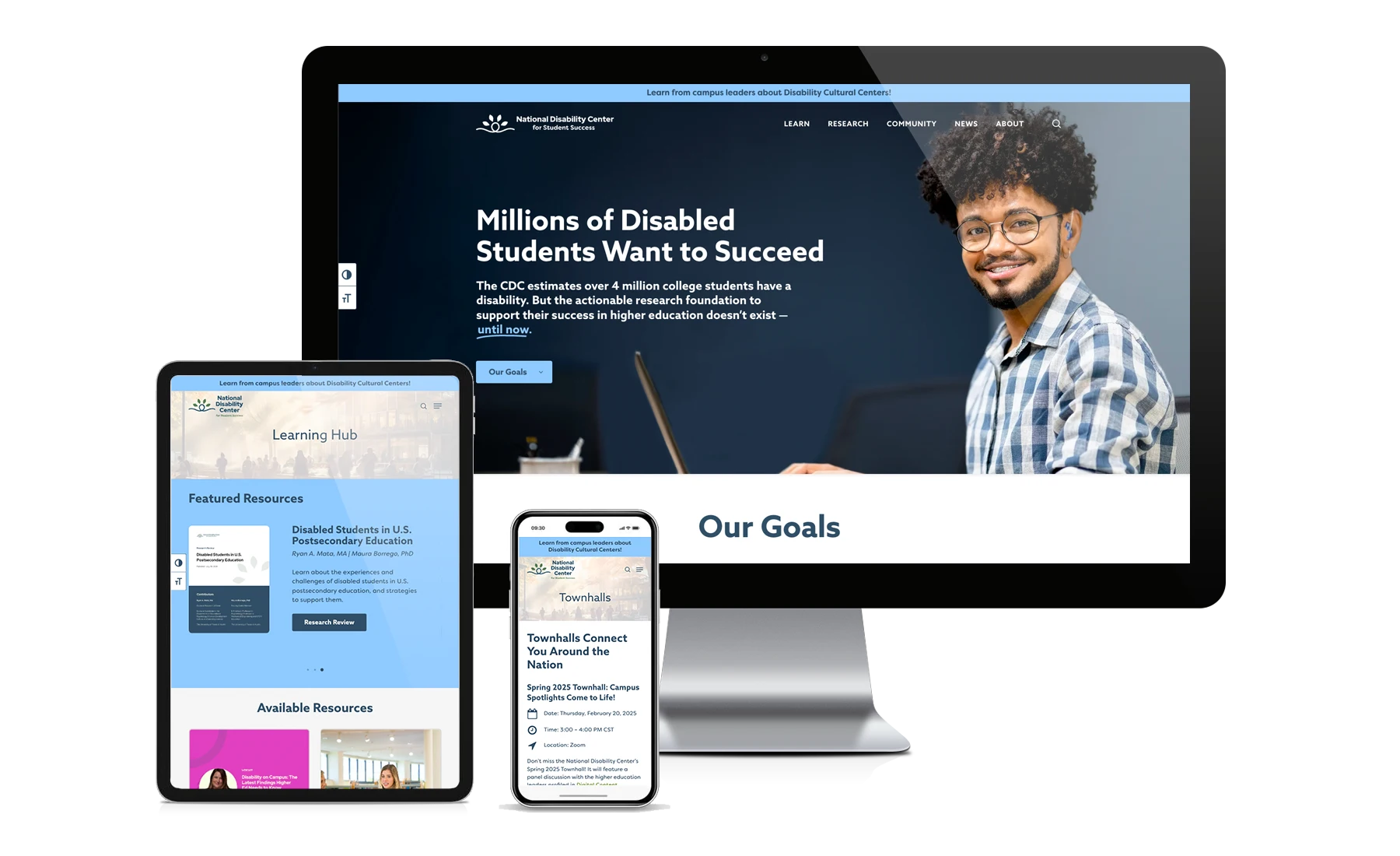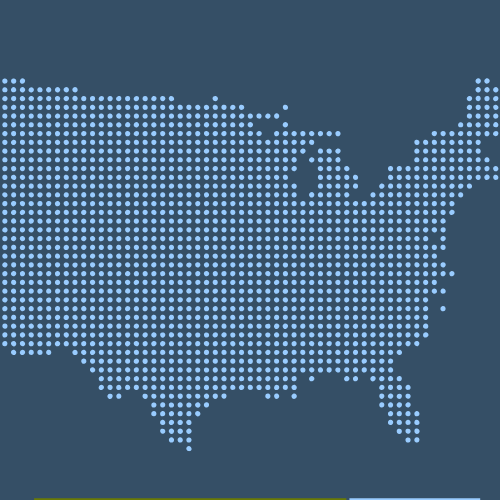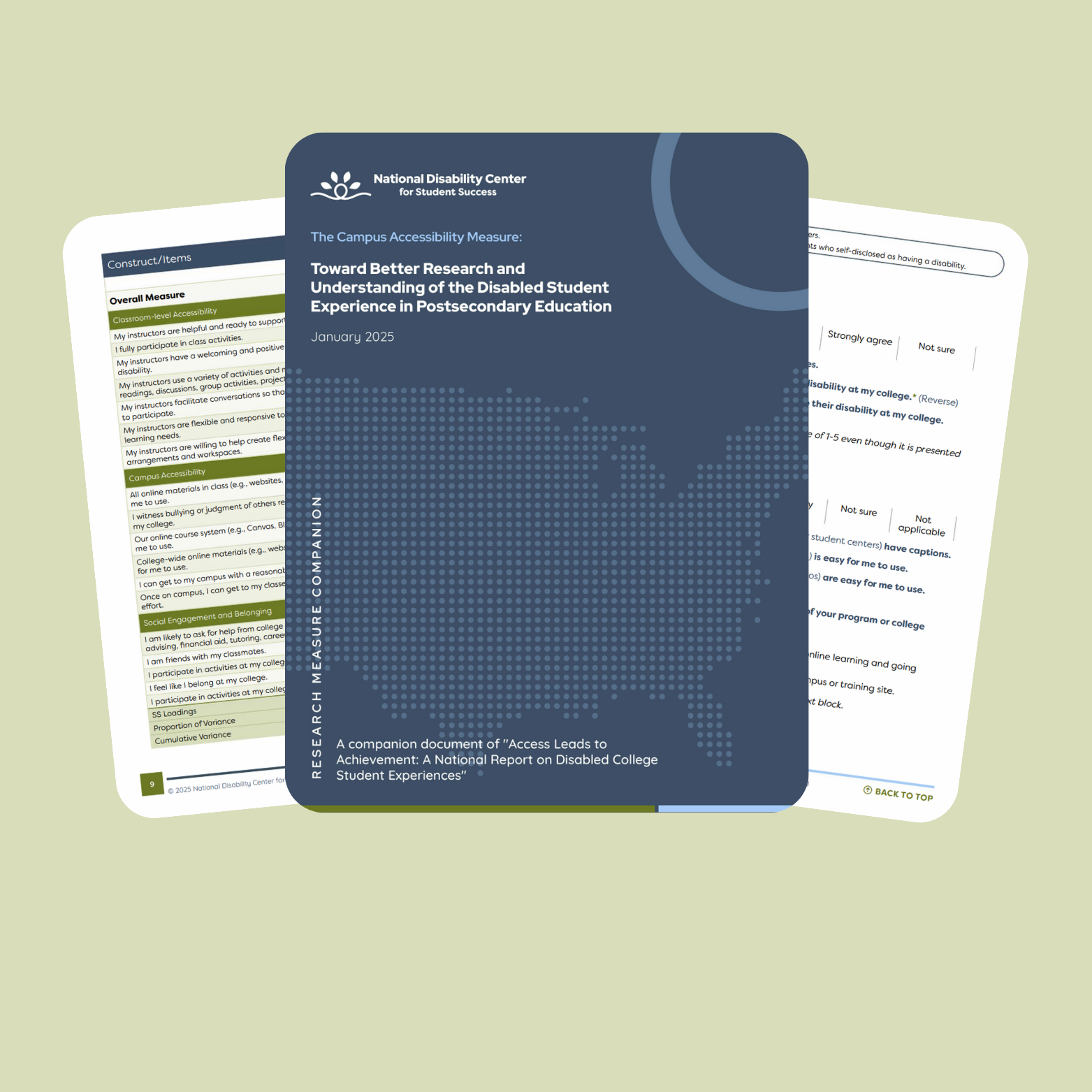Traditional models place the burden of disclosure on disabled students, yet an estimated 65-70% never disclose². During the pandemic, this system broke down further as service offices faced backlogs and students had limited access to required documentation. In fact, fewer than half of those who applied for accommodations ultimately received them⁵. These gaps reveal how fragile the system is when accessibility is treated as individual compliance instead of a shared campus responsibility.
The chapter appears as the opening contribution in The New Accessibility in Higher Education (edited by Katherine C. Aquino and Adam R. Lalor), an academic volume that examines how colleges and universities can create more accessible futures.







